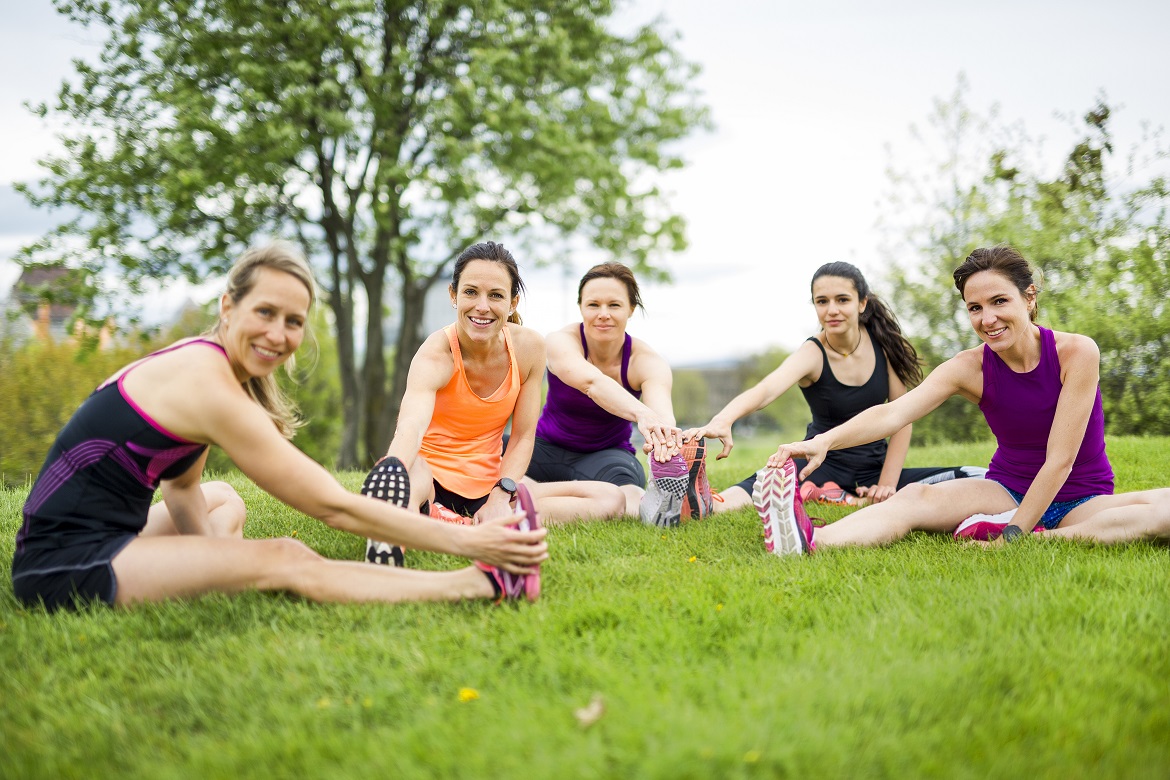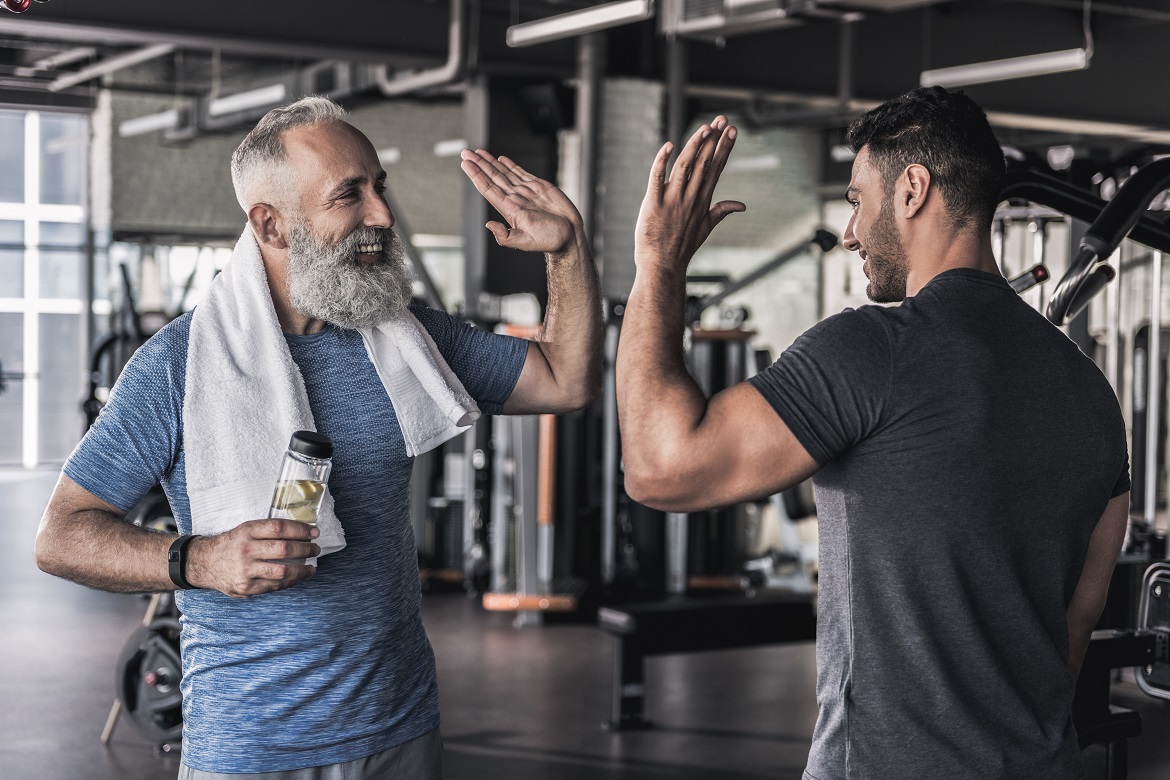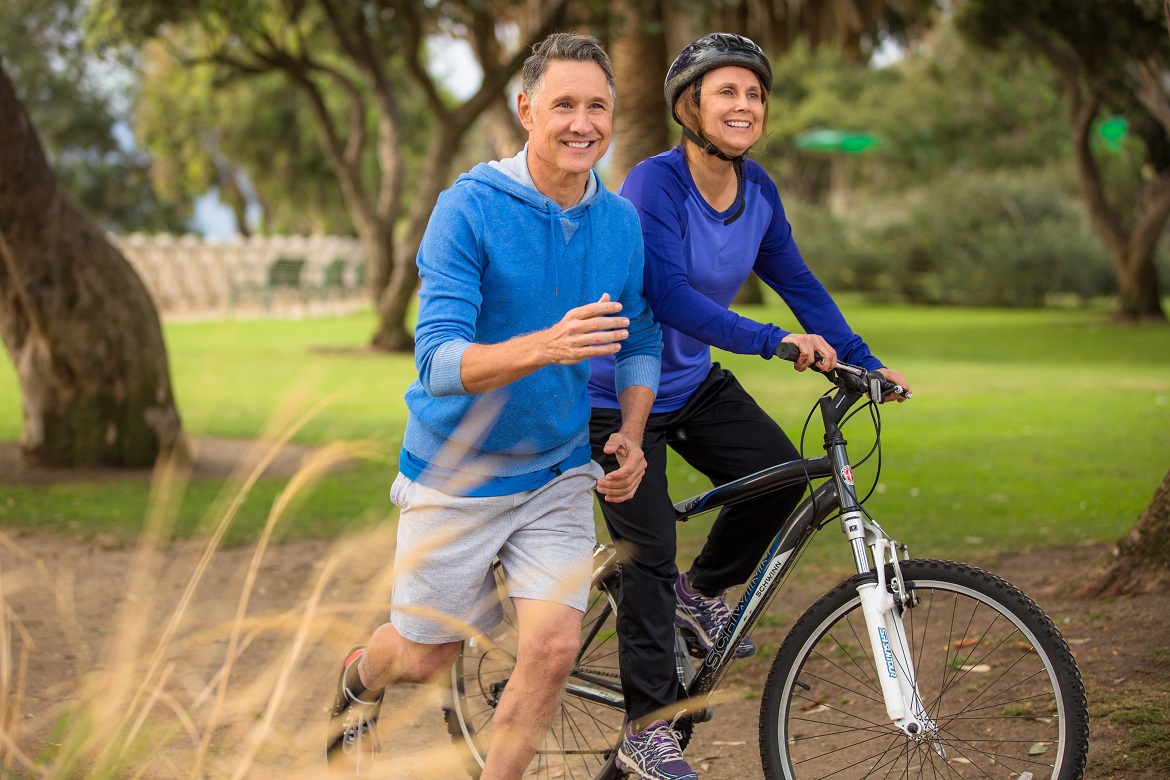
Words: Peter Reaburn
There are numerous methods to improve endurance, speed, power, strength or flexibility for masters athletes. However, the development of these capacities should always be based on the following 12 guiding principles:
You should analyse the demands of your sport and train specifically for them. For example, a sprinter should undergo sprint and resistance training while an endurance athlete should do endurance training. I see too many masters athletes train for speed events employing endurance training methods. Flexibility or strength exercises should also simulate the body positions and joint movements used in your sport. Train smart by training specifically.
Training needs to place demands on the body. The body adapts if the training is regular and above a normal level. Once the body has adapted, it is time to again overload. Progressive overload means gradually training harder, more often, or for longer. Masters athletes train with lower volumes and intensities compared to younger athletes which might explain the decrease in their speed and endurance over time. This decrease could be due to a lack of motivation or time because of family or work commitments. Or, it could be because of the myth that an older person shouldn’t train hard for cardiovascular or injury risk reasons. I am totally opposed to this attitude. It’s an attitude I see all too often in both the general community and the medical profession. I see no reason why a masters athlete shouldn’t train as hard as the youngsters as long as they are healthy and have been pre-screened by a sports physician or physiotherapist.
For the masters athlete, the rule of thumb should be ‘start low and build slowly’. While little research has been completed on the adaptation of masters athletes to training, several studies on older non-athletes doing endurance or strength training have consistently shown that older people adapt to the same degree that younger people do, but they take significantly longer to adapt. As a rule, the older and less fit the athlete, the lower they should start and the slower they should progress.
Regardless of your age, training intensely is the key to success in sport. For masters athletes, when age-related declines in all capacities are slowing down, keeping the heart, nerves, muscles, lungs and other body systems working to the highest level is important for maintaining performance or at least slowing down the age-related declines in speed, endurance and strength.

Strength training is integral in reducing the chance of injury for masters athletes
No more than three intense workouts per week should be done by experienced and competitive masters athletes. For recreational aging athletes, two intense workouts are enough. These workouts should be preceded by easy workouts and you should be fresh to make the most of the intense work. Other days should be devoted to lower intensity work and technique development.
To prevent injuries, reduce the risk of a cardiac event and maximize training or racing performance, it is essential to warm up before exercise and cool down afterwards.
Research has shown flexibility decreases, particularly in the hip joint, over time in masters athletes. This finding has strong implications for older sprinters who need hip flexibility to ensure stride length, a major contributor to speed. Apart from performance enhancement, the main reason for including flexibility training in your workouts is to prevent injury. While many masters athletes stretch before a workout, not enough time is spent on stretching outside of warm-ups. To prevent injury, increase range of movement and force, recover from workouts and prevent or treat debilitating diseases, stretch in front of the TV two to three times per week.
Muscle mass and strength of masters athletes drops, regardless of high intensity training, as they age. These decreases start to occur at age 50 but accelerate after the age of 65. Thus, the older you are, the more important strength training becomes. Apart from the performance benefits, strength training will go a long way to preventing injury particularly when doing intense training.

Outside of 2 – 3 intense training days, other days should be devoted to lower intensity work and technique development
Periodising your training involves working hard at times and easy at times. We work hard to stress our body and we work easy to allow recovery from the stress. Training the same way every day, week in week out is not the way to train effectively.
Research on older non-athletes and anecdotal personal experience suggests masters athletes need more rest between quality training sessions and therefore need to focus on nutritional and physical recovery strategies. We must allow our body to adapt to the training loads placed on it. Too little recovery leads to injury, overtraining, decreased performance or burnout. Although no research has examined recovery from workouts in the older athlete, research from older non-athletes suggests masters athletes take longer to recover between intense training sessions than younger athletes. Recovery can include eating and drinking immediately after training, hot and cold water contrasts, spas, massages, light swims or recovery jogs.
Too many aging athletes get sick, injured or burnout. When this occurs, it is generally due to pushing too hard, too often without recovering correctly. The downtime that results from these problems means loss of fitness and the hard road back to that fitness level. Consistent training, not hard training, is the smart way to fitness.
As masters athletes we are experienced enough to know when it’s time to ease back on how hard or often we train. If the body is weary, muscles are niggling or you feel tired, then listen to those warning signs and ease back or rest completely. If your body continues to complain, see a sports medicine-trained professional who understands your sport.
Peter Reaburn is Professor and Head of Exercise & Sports Science within the Faculty of Health Science and Medicine at Bond University, specialising in masters sport. Learn more about Peter.
The 2018 Mastering Sport Symposium: Performance, Nutrition and Injury Considerations for Older Athletes will be held in conjunction with the Pan Pacific Masters Games and Sports Medicine Australia on Friday 2 and Saturday 3 November at Bond University. Visit masteringsportsymposium.com.au.